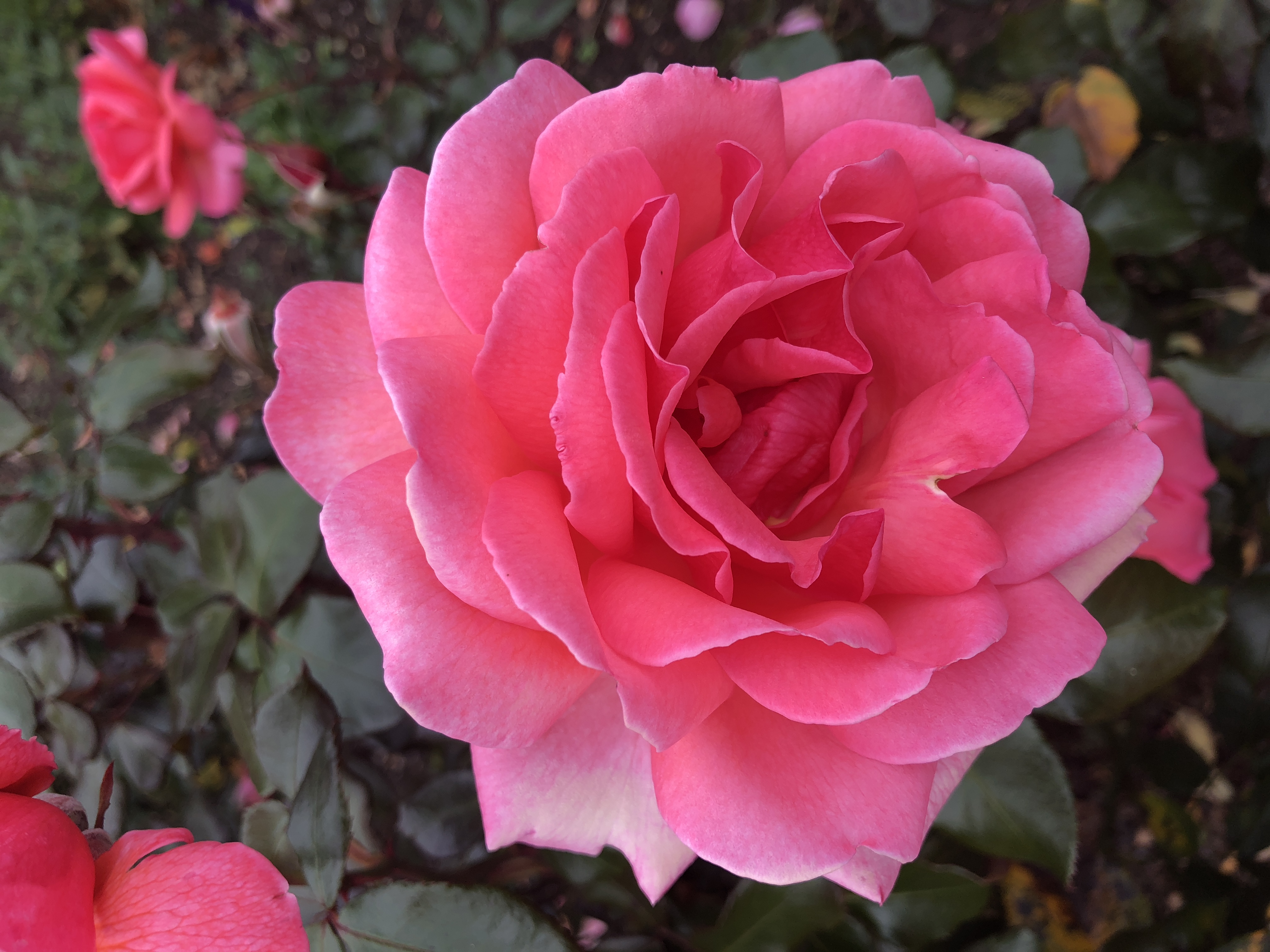Japanese Ways to Bring Your Life a Moving Meditation
- kayamagee

- Nov 12, 2020
- 3 min read

Photo by: ☆Ken☆, photo-ac
With the uncertainty of the next presidency and Coronavirus still raging in the country, our stress level can quickly shoot up. But we can find solace in practicing Japanese classical arts and bring some peace to our every life.
You see, through its history, Japan has been very good at spiritualizing many traditional cultures. The names of those practices often end in “Dō” also pronounced “Michi,” meaning the “Way.”
Ikebana, which I practice and teach at Momoglobal flowers, has another name: Kadō, meaning the “Way of Flowers.” It is what sets Kadō/Ikebana apart from other forms of floral art.
Since I love flowers so much, I studied Western-style flower arrangements and continue to use the method when appropriate. But when I do Ikebana, I am much calmer and my mind peaceful. That is why Ikebana is also called Moving Meditation.
Other than Kadō, there are Sadō = Tea Ceremony and Shodō = Calligraphy.
Kōdō is a little-known discipline in the West. It is a Way of smelling incenses. You might laugh that “What? Is smelling incenses art?” but yes, the Japanese elevated the practice to an established art form.
Of course, there are numbers of Budō = martial arts, such as Kendō, Jūdō, Karatedō, Kyuūdō, and Aikidō. Practicing Yoga is the same. You strengthen your mind and body at the same time.
By studying and pursuing a Way, not only we discover vital principles that transcend the art, we learn to calm our minds and concentrate and relate more broadly to the art of living itself.
The three cultural art forms: Ikebana, Tea Ceremony, and Calligraphy, are all meditational and many connoisseurs of Japanese culture practice all of them.
Now, I have to mention something most westerners don’t know. In traditional-style tea rooms, you see a scroll of calligraphy and simply arranged flower(s) in the area called Tokonoma, a small alcove. But there are differences in the way flowers are arranged for tea rooms and how we treat them in Ikebana. Flowers seen in tea rooms are called Chabana (literally meaning “tea flowers”), and though it fundamentally is a form of Ikebana, it comprises a genre unto its own.
The most significant differences between Chabana and Ikebana are that Chabana has to be displayed as naturally as possible as if they are in the field. Ikebana encourages people’s imagination and uses techniques of bending and balancing. Also, for Chabana, you are supposed to use only Japanese flowers traditionally grown in Japan. No such limitation with Ikebana.
Ikebana is a meditational activity that is not separate from the practical aspect. After each class, you can take your beautiful creation home and enjoy it for days. And if you post your arrangements on Instagram or Facebook, you will be admired by your friends and followers for sure.
When you come to our Ikebana class, you leave the world behind the door and only face the materials in front of you. The room we use for the course is spacious, clean, and quiet, so you feel that you came to an oasis in the chaotic life.
All your senses get fully alert. You listen to the water as you pour it into the container. You smell the flowers and branches. You feel the texture of them.
Two hours go so fast, and when it ends, your mind is calm and peaceful, and you will be smiling going home.




Comments